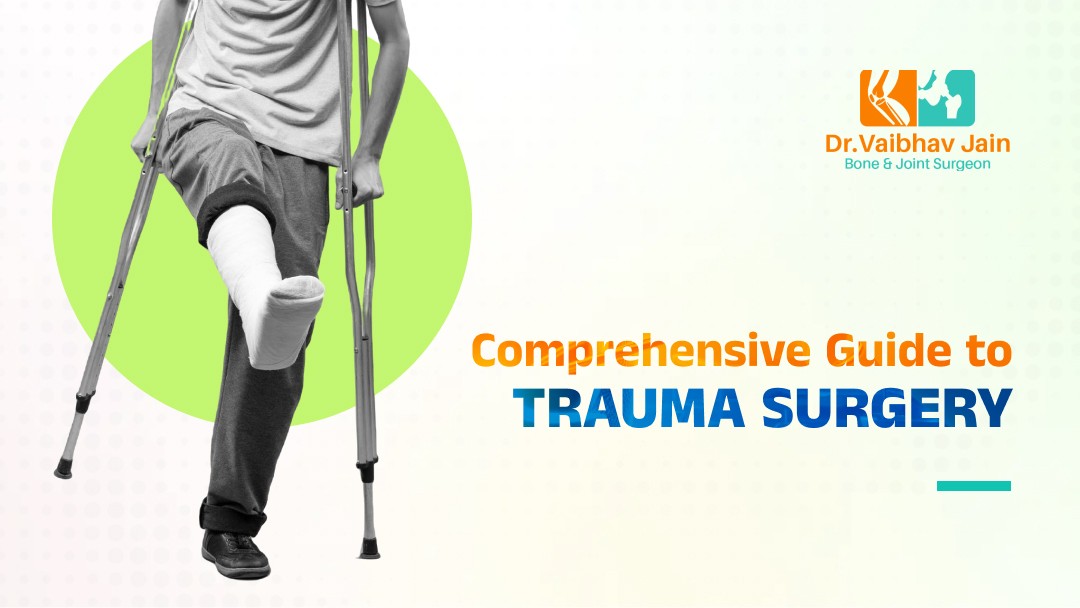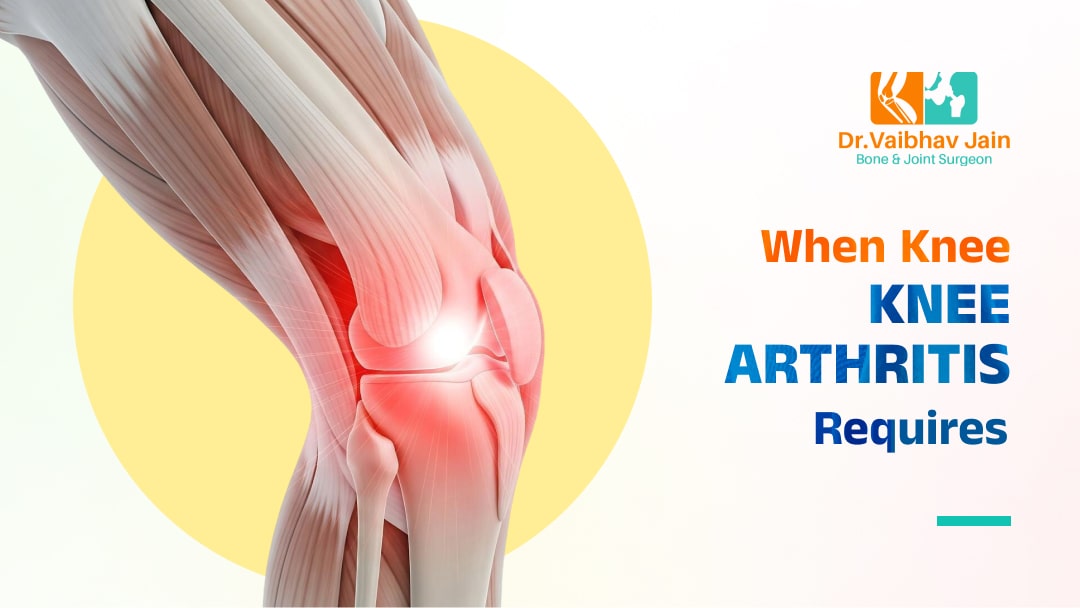Comprehensive Guide to Trauma Surgery
Trauma surgery is a specialized field dedicated to the diagnosis and treatment of critical injuries caused by accidents, falls, or other traumatic events. In this Comprehensive Guide to Trauma Surgery, we delve into the essential aspects of this life-saving specialty, including common procedures, advanced surgical techniques, and post-operative care. Whether you’re seeking insights as a patient or a medical professional, this guide offers valuable information to understand the complexities of trauma surgery and its role in restoring health and mobility.
Everything can become upside down in an instant. One moment, all can seem normal as you go through life; in the next instant, some unforeseen accidents can change everything. That’s when trauma surgery operates-a process whose goal is to save lives and heal injuries in a fraction of a second time. In this Comprehensive Guide to Trauma Surgery, we’ll dive into its life-saving role and the kinds of injuries it treats, including what recovery will look like.
What Exactly is Trauma Surgery?
Trauma surgery concerns the critical management of injurious accidents or trauma due to violence or natural catastrophes. Trauma surgeons would be professionals quick in their response to internal bleeding, broken bones, and everything in between. So during searches for “trauma surgeons near me,” you already know you will get the best results.
From Broken Bones to Critical Injuries:
Here are the standard classifications of trauma injuries treated:
- Blunt Trauma: An approximate injury for which a car accident, fall, or sports event may give rise to traumatic injury.
- Penetrating Trauma: Stabbing, shooting, or other puncture-type trauma.
- Burns: Critical thermal or chemical burns requiring immediate interventions.
- Fractures: Multiple or complex fractures requiring surgical intervention.
From: An injured leg in an accident at work to bleeding suffered from a highway crash-a trauma surgeon is the frontline hero getting you back to life again.
How Does Emergency Trauma Care Work?
Now imagine this, a person who has met with a horrific accident is brought to the emergency room. What happens next? The process of Emergency trauma care is designed in such a manner that the patient can be stabilized immediately.
- Triage: Medical personnel assess the cases and prioritize them for treatment.
- Initial Stabilization: Bleeding control or airway establishment is a life-saving measure instituted at that stage.
- Surgical Intervention: The trauma surgeon comes in if required, to repair damage within the body, and fix fractures, or organ injuries.

What Happens After Surgery?
Only half the battle lies in completing the surgery; recovering from trauma injury is a hallmark in its own right. What we want to address is trauma surgery recovery time and what it entails.
- Short-Term Recovery: For the first several weeks, healing most wounds, alleviating pain, and avoiding infections are predominant activities.
- Physical Therapy: Most patients will have to go through months of physiotherapy to regain strength and movement.
- Mental Health Benefits: The injury is not only physical trauma but also psychological trauma because most injuries require counseling that is just as important as physical healing.
It varies a lot with the type of injury as well as the overall health status of the person- but one thing is very clear: patience and persistent effort are needed not for a short time but for a long time.
Importance of Knowing Trauma Surgery
Now you might be thinking “This is something I will never need”, but the truth is that such things can always happen to anyone. It is about knowing trauma surgery and its use in an emergency that one fine day may help you make the best choices for yourself or someone you love.
Good access to health care, including well-trained trauma surgeons and well-equipped hospitals, greatly facilitates the chances of success. Knowing which are the best places for Emergency trauma care indicates a step in the right direction.
Preparing for the Unexpected
It may be something that no one wants to think themselves into, but preparedness can make all the difference. Here are some things you need to remember about trauma surgery.
- Know the basics of first aid so that you can stabilize a person until an emergency happens.
- Know the nearest trauma facilities or hospitals.
- Keep a list of emergency contacts, including medical facilities and specialists.
These are steps that would take just a short time but can save much time when it matters most.
A Lifesaving Field that Is Worth Giving Recognition
Trauma surgery is more than just a medical specialty; it is a lifeline. Whether from injury or support after such events, it has become an important function for treatment and delivery in saving lives and helping individuals rebuild after catastrophic events. Are you searching for medical advice about emergency trauma cases or how many types of trauma injuries exist? Getting in touch with Dr Vaibhav will provide you with every reason to embrace a happy life!
Trauma injuries can be life-changing, but with the right approach, you can regain your strength and mobility. Dive into our Comprehensive Guide to Trauma Surgery and discover expert insights, treatment options, and recovery tips tailored to your needs.
Whether you’re recovering from an injury or seeking to understand your surgical options better, this guide is designed to empower you with the knowledge to make informed decisions about your health.





